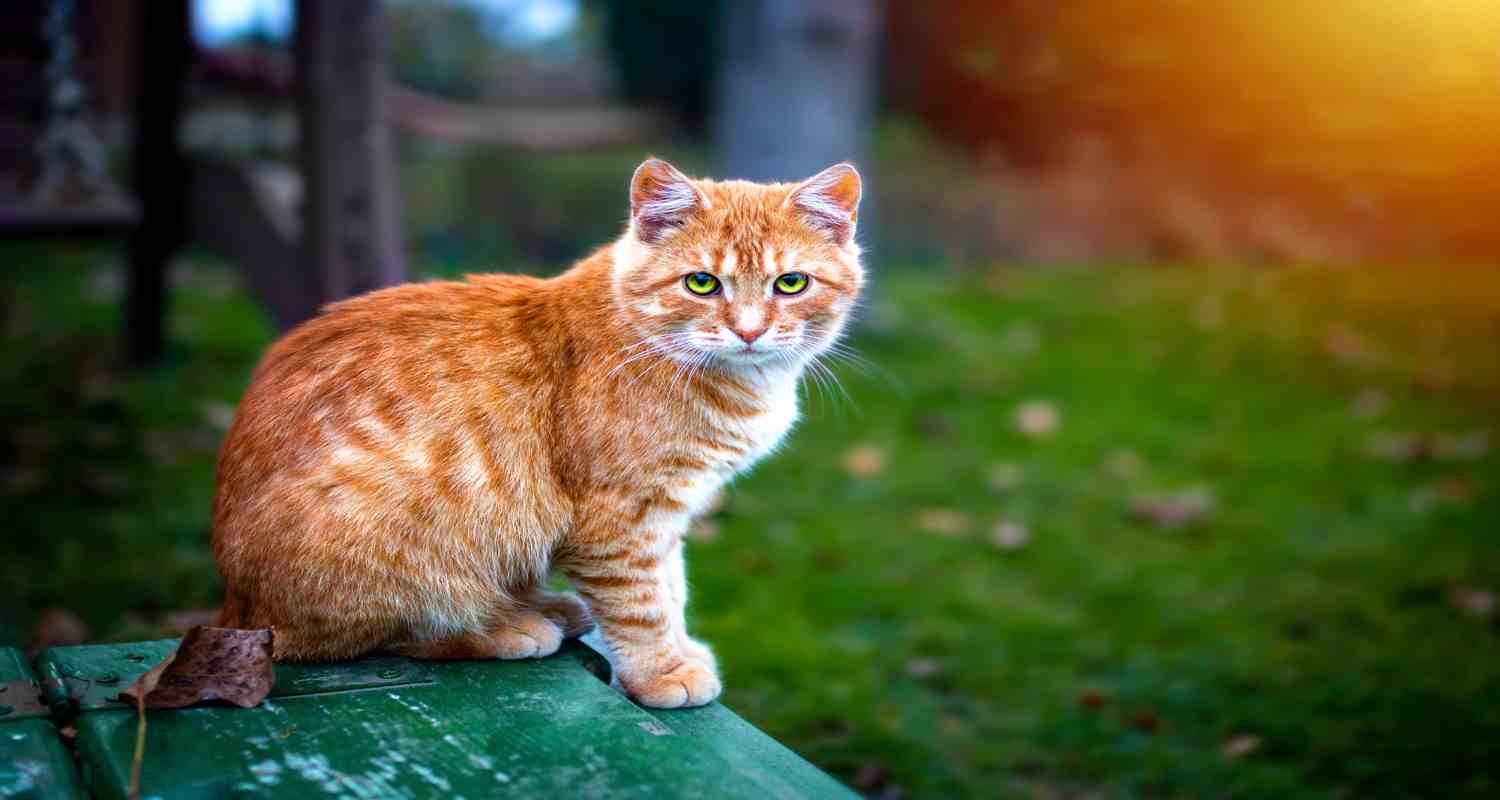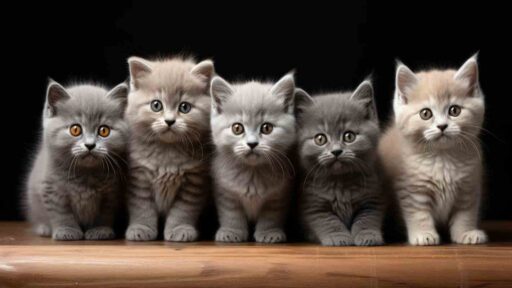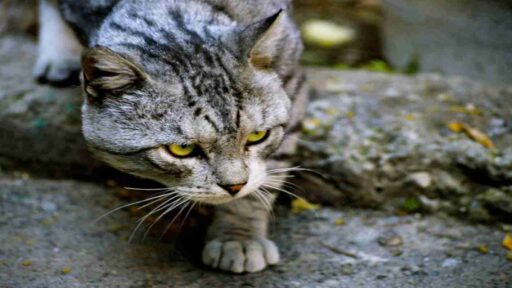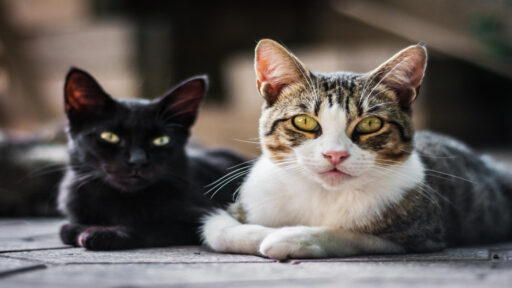Orange Tabby Cat is a feline with a distinctive coat pattern characterized by orange fur with darker stripes or swirls. These cats are beloved for their vibrant coloring and friendly personalities.
Orange Tabby Cat Characteristics
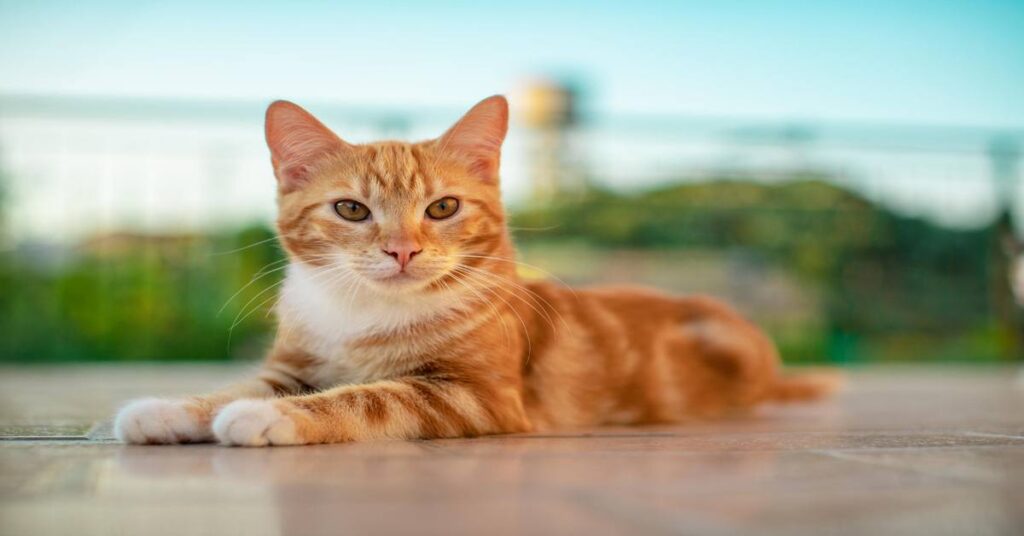
Physical characteristics
The physical characteristics of an orange tabby cat typically include:
- Coat: Orange tabby cats have fur that ranges in shades of orange, from pale cream to deep ginger. Their fur may feature tabby patterns, such as stripes, swirls, or spots.
- Body: They typically have a medium-sized body with a muscular build, balanced proportions, and a sturdy frame.
- Face: Orange tabby cats often have a round or slightly oval-shaped face with expressive eyes that range in color from amber to green.
- Ears: Their ears are usually medium-sized, with rounded tips and tufts of fur on the inside.
- Tail: Their tail is of medium length, tapering towards the tip, and may have stripes or rings similar to their body coat pattern.
Mental characteristics
The mental characteristics of an orange tabby cat typically include:
- Intelligence: Orange tabby cats are often intelligent and can learn quickly, making them adaptable to various environments and situations.
- Curiosity: They are naturally curious cats, with a tendency to explore their surroundings and investigate new objects or stimuli.
- Playfulness: Orange tabby cats tend to be playful and enjoy interactive toys, games, and activities that stimulate their minds and provide physical exercise.
- Affectionate: Many orange tabby cats are affectionate and enjoy spending time with their human companions, often seeking out cuddles, pets, and attention.
- Independence: While they enjoy human company, orange tabby cats also value their independence and may appreciate having time alone to relax or engage in solitary activities.
- Vocalization: Some orange tabby cats are vocal and may express themselves through meowing, chirping, or other vocalizations to communicate their needs or desires.
Orange Tabby Cat personality treatments
Treating the personality of an orange tabby cat involves understanding and catering to their unique traits:
- Affection: Orange tabby cats are often affectionate and enjoy spending time with their owners. Offering plenty of cuddles, pets, and attention helps strengthen the bond between cat and owner.
- Playfulness: These cats are typically playful and enjoy interactive toys and games. Providing opportunities for play and stimulation helps keep them mentally and physically engaged.
- Independence: While they enjoy human company, orange tabby cats also value their independence. Allowing them space and respecting their alone time when desired contributes to their well-being.
- Environmental Enrichment: Offering a stimulating environment with toys, scratching posts, and climbing structures satisfies their natural instincts and prevents boredom.
- Positive Reinforcement: Rewarding desired behaviors with treats, praise, or affection reinforces positive behavior and encourages good habits.
- Routine and Stability: Orange tabby cats thrive on routine and consistency. Establishing a regular feeding schedule, playtime, and grooming routine helps them feel secure and reduces stress.
Orange Tabby Cat Care and Diet
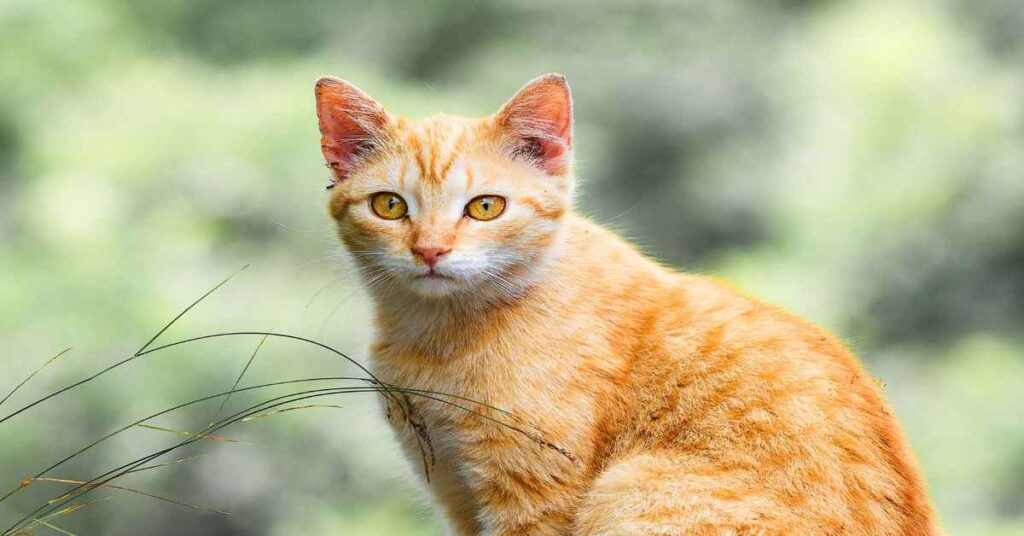
Care
Caring for an orange tabby cat involves several key aspects to ensure their health and well-being:
- Grooming: Regular brushing helps keep their coat clean and reduces shedding. Additionally, trimming their nails and cleaning their ears as needed helps maintain their overall hygiene.
- Nutrition: Providing a balanced diet formulated specifically for cats is essential for their health. High-quality cat food, whether wet or dry, should be offered in appropriate portions to maintain a healthy weight. Fresh water should always be available.
- Veterinary Care: Regular veterinary check-ups are crucial for monitoring the health of orange tabby cats. Vaccinations, parasite prevention, dental care, and routine health screenings should be part of their healthcare regimen.
- Environmental Enrichment: Orange tabby cats benefit from mental and physical stimulation to prevent boredom and promote overall well-being. Providing interactive toys, scratching posts, and opportunities for play and exploration helps keep them active and engaged.
- Litter Box Maintenance: Keeping the litter box clean and providing a suitable substrate for elimination is important for orange tabby cats’ litter box habits. Scooping the litter box daily and replacing the litter as needed helps maintain a clean and odor-free environment.
- Indoor Environment: While some orange tabby cats may enjoy supervised outdoor time, they are generally well-suited to indoor living. Ensuring their indoor environment is safe, comfortable, and stimulating helps meet their needs and prevents boredom.
- Socialization: Orange tabby cats enjoy spending time with their human family members and benefit from regular interaction and attention. Providing affection, playtime, and companionship helps strengthen the bond between the cat and the owner.
Diet
The diet of an orange tabby cat should consist of high-quality cat food that meets their nutritional needs. Here are some key considerations for their diet:
- Protein: Orange tabby cats require a diet rich in high-quality animal-based protein to support their muscular build and overall health. Look for cat foods with meat or fish listed as the primary ingredients.
- Balanced Nutrition: Their diet should provide a balance of essential nutrients, including vitamins, minerals, and amino acids, to support their overall well-being.
- Moisture Content: While orange tabby cats can consume dry cat food, incorporating wet food into their diet can help ensure they receive adequate hydration, as cats may not drink enough water on their own.
- Portion Control: It’s important to feed orange tabby cats appropriate portion sizes to prevent obesity and maintain a healthy weight. Follow feeding guidelines provided by the cat food manufacturer and adjust portions based on your cat’s age, weight, and activity level.
- Avoiding Harmful Foods: Certain foods can be toxic to cats, including chocolate, onions, garlic, grapes, and raisins. Additionally, avoid feeding them bones, as they can splinter and cause internal injuries.
- Veterinary Guidance: Consult with your veterinarian to determine the best diet for your orange tabby cat based on their individual needs and any health concerns they may have.
Orange Tabby Cat Origins and History
The origins and history of the orange tabby cat are intertwined with the broader history of domestic cats. Tabby cats, characterized by their distinctive coat patterns, have been depicted in art and literature for centuries, dating back to ancient civilizations such as Egypt and Rome.
The orange tabby coat pattern, specifically, is believed to have originated from selective breeding processes over many centuries. While the exact origins of orange tabby cats are unclear, they have likely been present in domestic cat populations for hundreds, if not thousands, of years.
Tabby cats, including orange tabbies, were brought to various regions of the world by traders, explorers, and settlers, contributing to their spread and diversity. Over time, orange tabby cats became established in many parts of the world, adapting to various climates and environments.
Today, orange tabby cats are one of the most common and beloved coat patterns among domestic cats. They can be found in households around the globe, cherished for their striking appearance, friendly personalities, and unique charm.
Orange Tabby Cat FaQs
What’s special about orange tabby cats?
Orange tabby cats are special because:
- Their bright orange fur stands out.
- They’re friendly and affectionate.
- Many people find them charming.
- Some cultures see them as lucky.
- They’ve adapted to different environments.
- They’re popular pets worldwide.
What do orange tabby cats eat?
Orange tabby cats should eat a balanced diet that includes:
- High-quality cat food with protein as the main ingredient.
- Wet food can help with hydration.
- Portion control to maintain a healthy weight.
- Avoid harmful foods like chocolate and onions.
- Consult a veterinarian for specific dietary recommendations.
Read more about cat’s food!
What do tabby cats love the most?
Tabby cats, like other cats, have preferences and enjoy various things. Some things tabby cats may love include:
- Affection: Many tabby cats enjoy cuddling and being petted by their owners.
- Playtime: Tabby cats often love playing with toys, especially interactive ones that stimulate their hunting instincts.
- Sunbathing: Basking in the warm sunlight is a favorite pastime for many tabby cats.
- Exploration: Tabby cats are curious creatures and may love exploring their environment, whether indoors or outdoors.
- Treats: Like most cats, tabby cats may have a fondness for tasty treats as an occasional reward.
What are some fun facts about tabby cats?
Here are some fun facts about tabby cats:
- They come in different patterns and colors.
- Tabby cats have been around for a long time.
- Some have unique whorled markings on their sides.
- They’re great hunters and catch mice.
- Tabby cats have various personalities.
- In some cultures, they’re seen as lucky animals.
- Their coats can be orange, gray, brown, or black. Overall, tabby cats are interesting and diverse pets.

